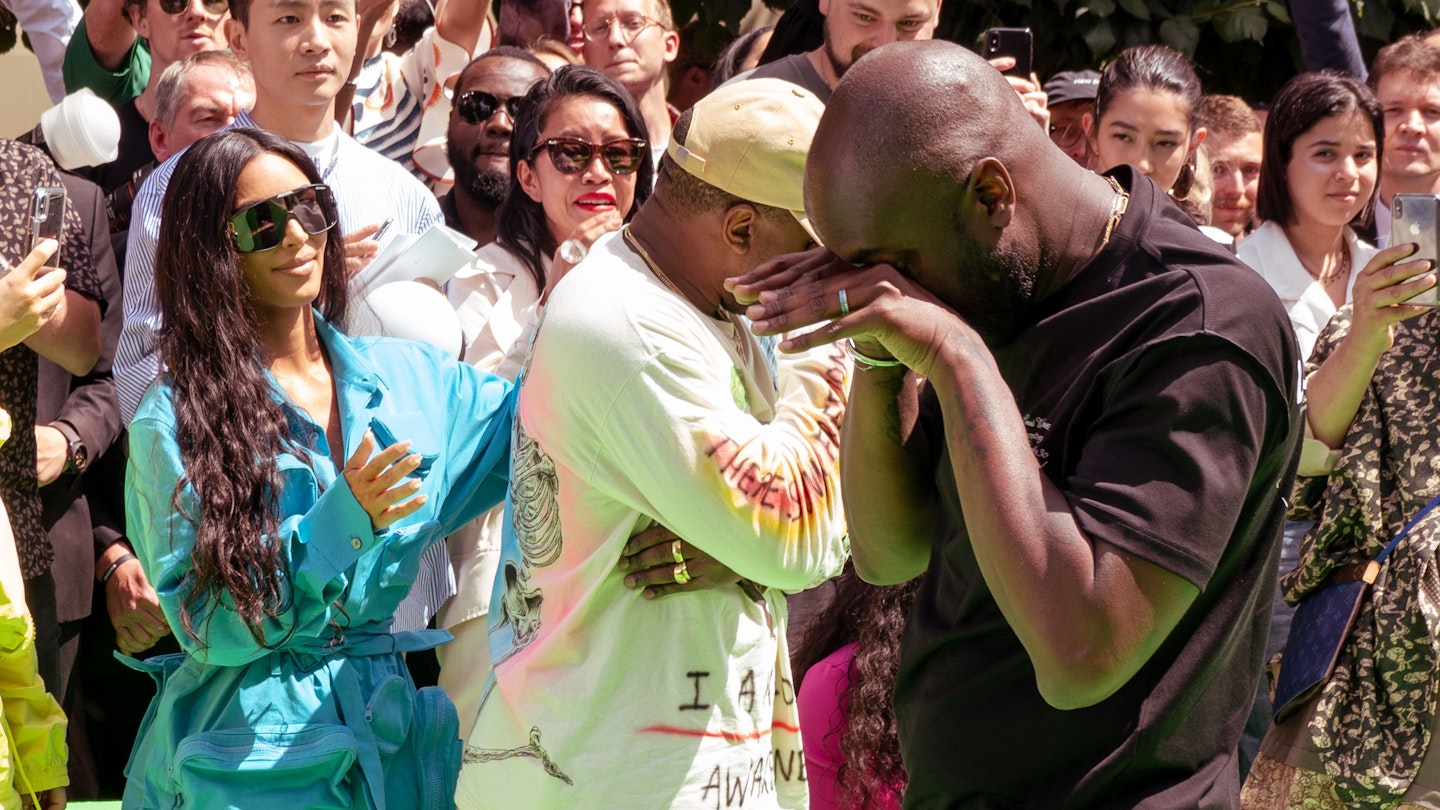Yesterday, Virgil Abloh, artistic director of menswear at Louis Vuitton, debuted his first collection for the French fashion house. In a career high, the long-time friend and colleague of Kanye West walked down the runway following a celebrity-filled, incredible show and was greeted by a sobbing Kanye. The pair hugged and cried together intensely, and after wiping away his tears, Virgil completed his walk to huge praise.
I shouldn’t be sat at my desk right now crying with happiness that two men are showing a healthy emotional response to finally achieving just deserts. It shouldn’t really be news that two powerful men hug and cry together when hitting a career milestone. Alas, I am and it is. Because, it’s not just men that win when healthy emotional behavior is normalised for them, but women too.
We’re all very aware that men are taught not to be emotional in their pursuit of masculinity. The world is slowly changing to that, and more of us than ever have likely seen male friends or partners cry at this point. This may not have been the case for our mothers, but generations that followed are gradually learning that crying is not the antithesis to masculinity. Better yet, that not being masculine, and as a result being feminine, isn’t necessarily a negative for men.
However, male suicide rates are still at a record high, and according to suicide prevention charity, CALM, remain the single biggest killer of men under 45 in the UK. ‘The masculine ideal requires that men should never be depressed, anxious or unable to cope, and if they are, they should never admit it,’ states a report by mental health charity Samaritans, ‘So the very experience of being distressed, or having a mental health problem, can be psychologically difficult for men because they are ‘not supposed’ to be vulnerable in this way.’
It’s this fear of vulnerability that means men are more likely to express their emotions with anger than upset, and a violent outburst as oppose to crying. In a world where young boys are reprimanded for crying, and awarded for fighting, it’s no wonder they grow up more inclined to be violent than cry. And who are the victims of this culture? Ultimately, women. According to Living Without Abuse, one in four women will experience domestic abuse, with two women killed each week at the hands of their partner or ex-partner.
So, when we see two men crying, even more two hugely powerful men crying, it’s uplifting. Because it’s not enough to tell adult men ‘oh no, we were only joking when you were little, it’s actually OK to cry’. The lessons from their youth have been learnt, socialisation has taken hold and the damage has been done. And since we can’t wait until the next generation of boys grow up knowing crying is okay (we would hope), the best way to show men that crying is okay is seeing it in their idols.
Kanye and Virgil have both been raised in a world where they’ve not only been told not to cry as men, but also met more hurdles and adversity than their white counterparts. The fact that Virgil made history as the first black artistic director of Vuitton, and one of three black designers at the top of a French fashion house is evidence of this. As Bell Hooks wrote in We Real Cool: Black Men and Masculinity, ‘black boys more than other groups of male children in this society, are asked to surrender their childhoods in order to pursue an elusive patriarchal masculinity.’
Because, in finding success and power in a world that favours white men, being as masculine as possible is the best tool to overcome unfair hurdles. We see it too in the way women are forced to exhibit less feminine behaviours to also compete with white men. The result is an even more forced masculinity, and so less acceptance of showing vulnerability.
So, I may be sat here crying watching two men exhibit behaviours all men should feel comfortable doing, but honestly, I’m just following Virgil’s lead. And if the new Vuitton menswear line is anything to go by, we all will be this season...
Click through to read facts about sexism around the world...
Debrief Facts about women around the world
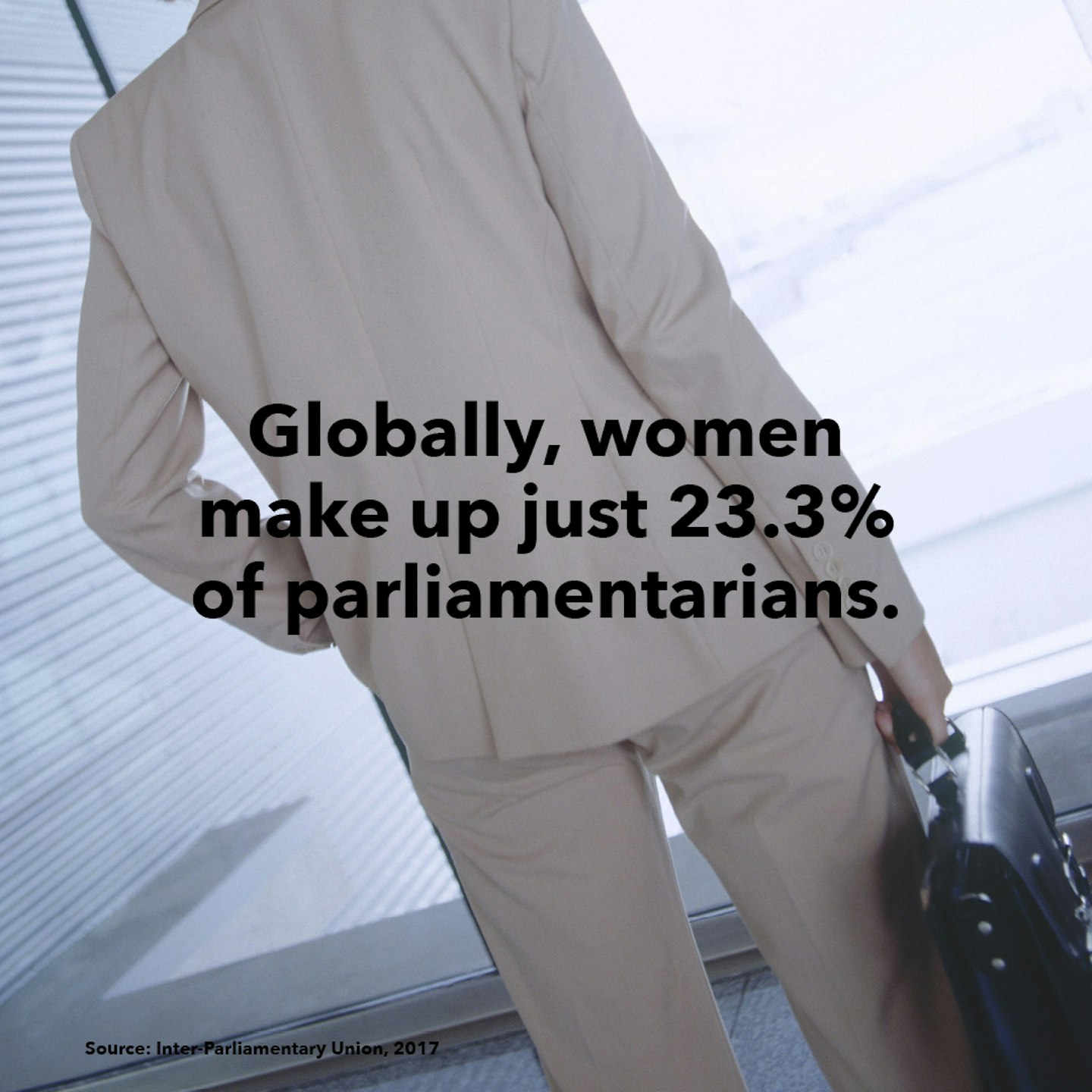 1 of 18
1 of 18Facts about women around the world
 2 of 18
2 of 18Facts about women around the world
 3 of 18
3 of 18Facts about women around the world
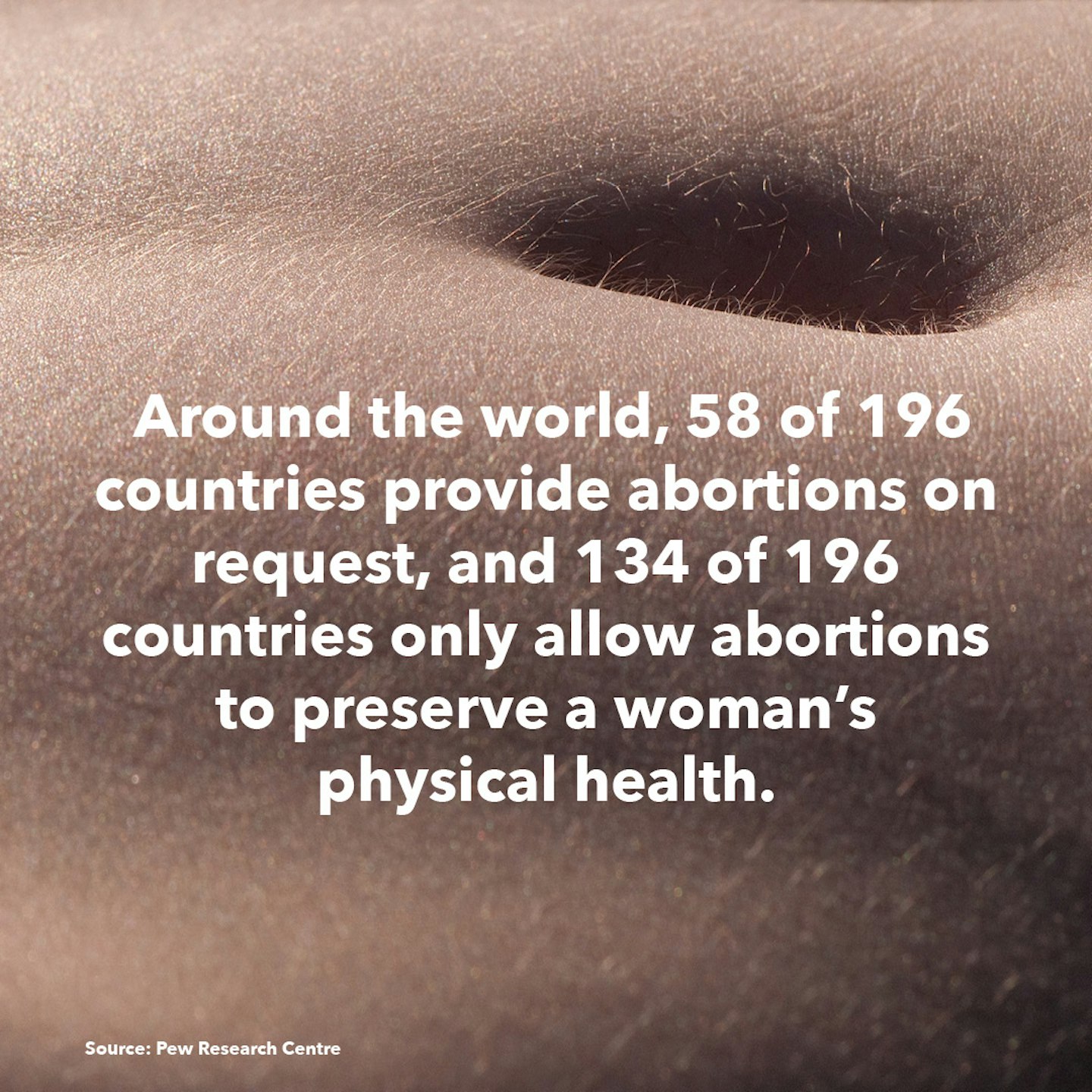 4 of 18
4 of 18Facts about women around the world
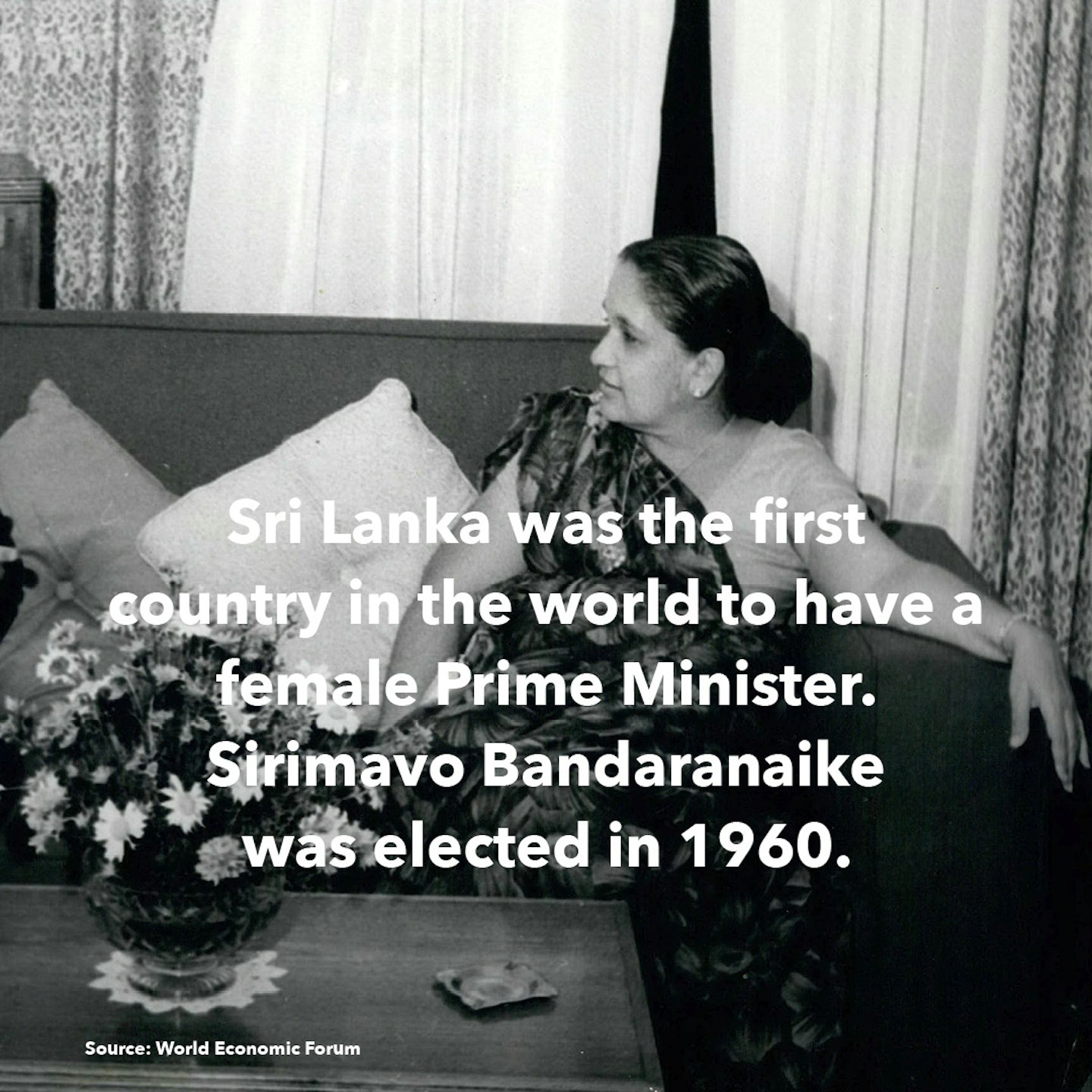 5 of 18
5 of 18Facts about women around the world
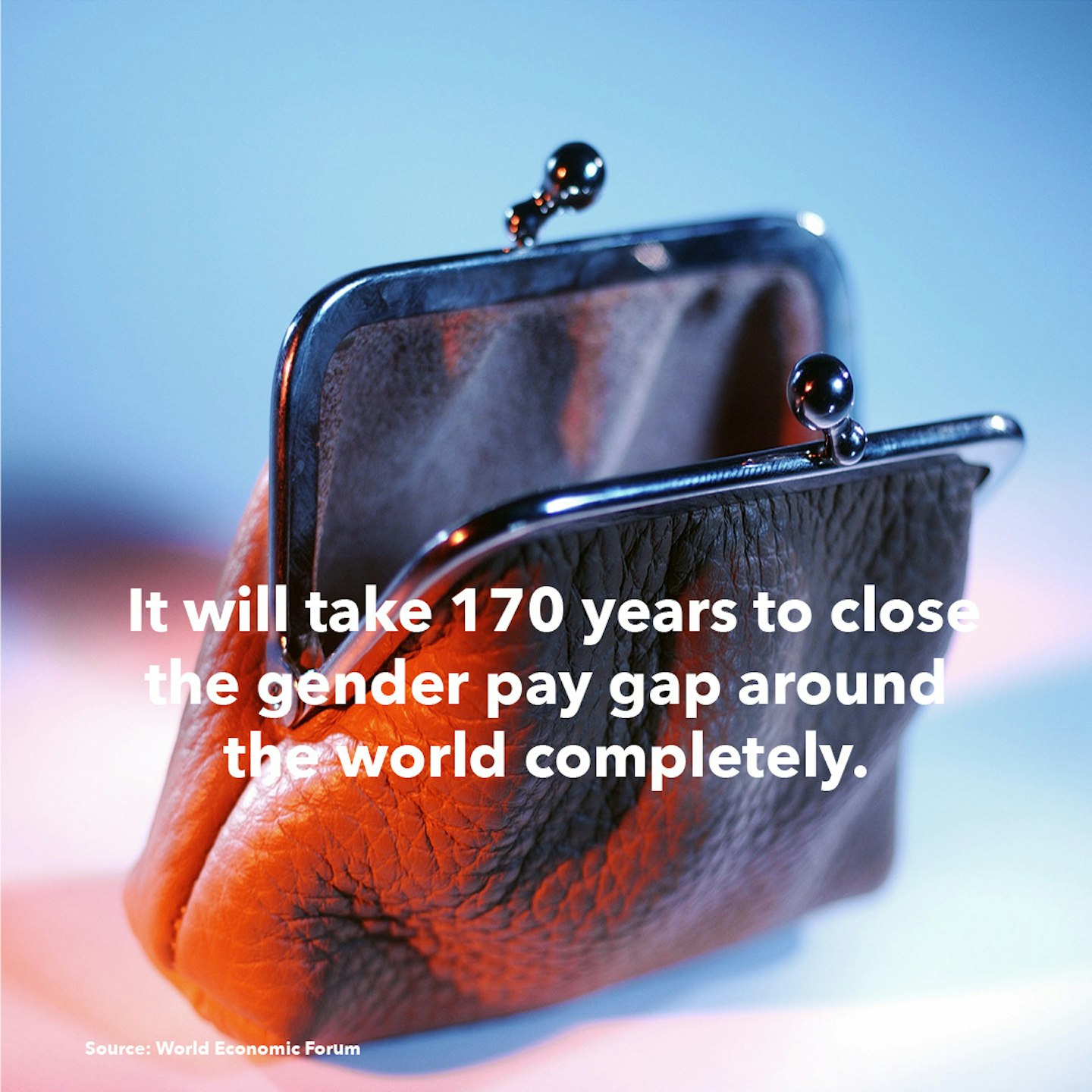 6 of 18
6 of 18Facts about women around the world
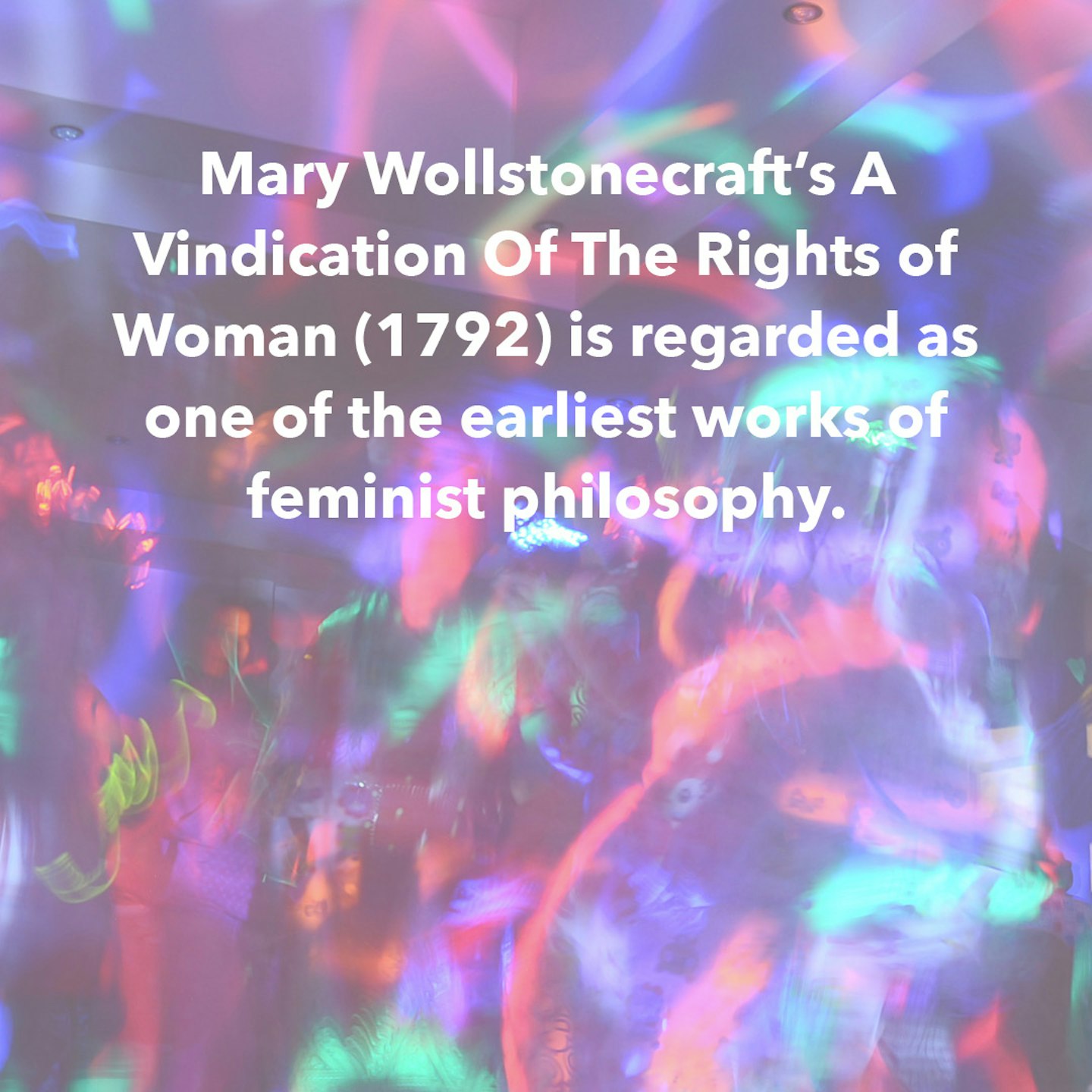 7 of 18
7 of 18Facts about women around the world
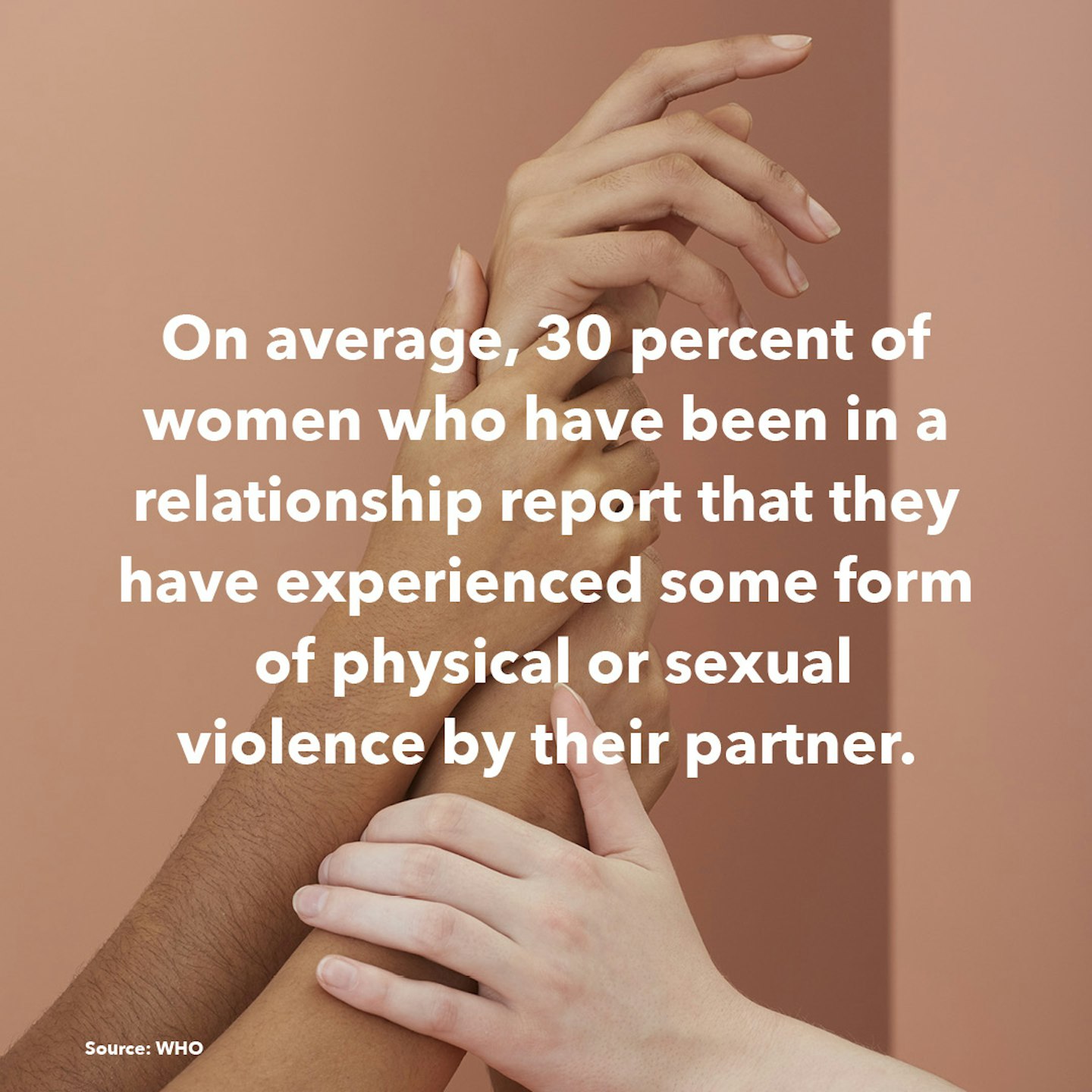 8 of 18
8 of 18Facts about women around the world
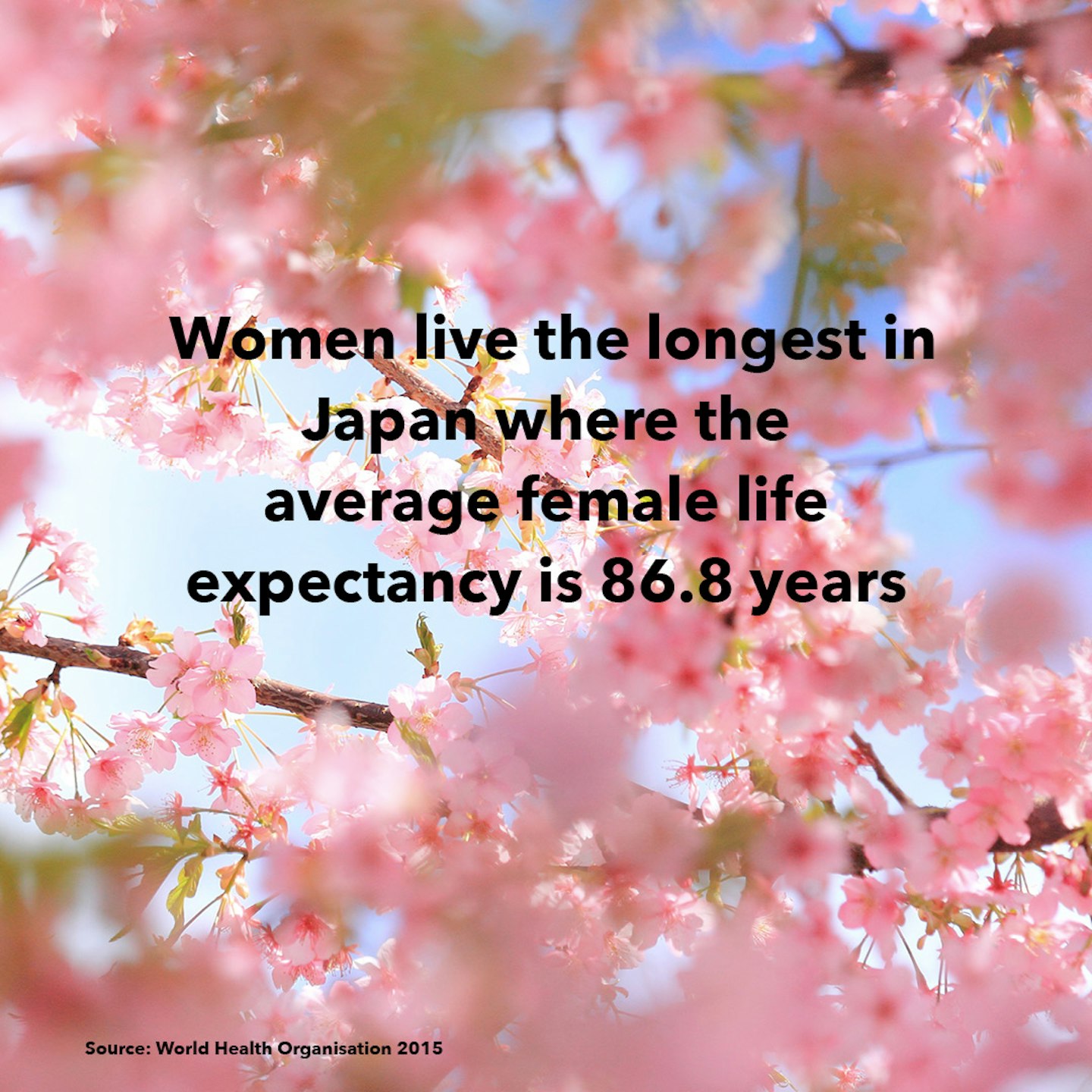 9 of 18
9 of 18Facts about women around the world
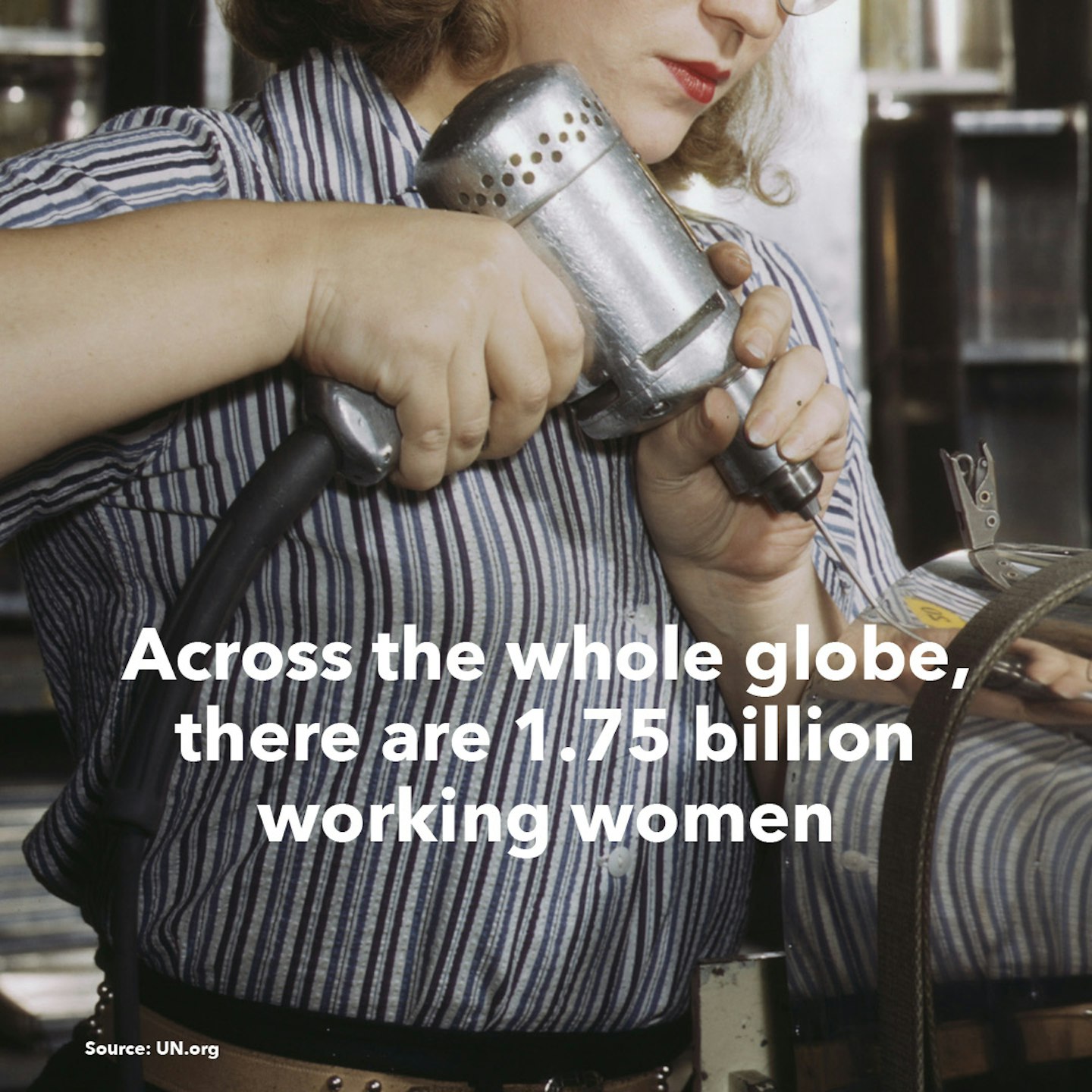 10 of 18
10 of 18Facts about women around the world
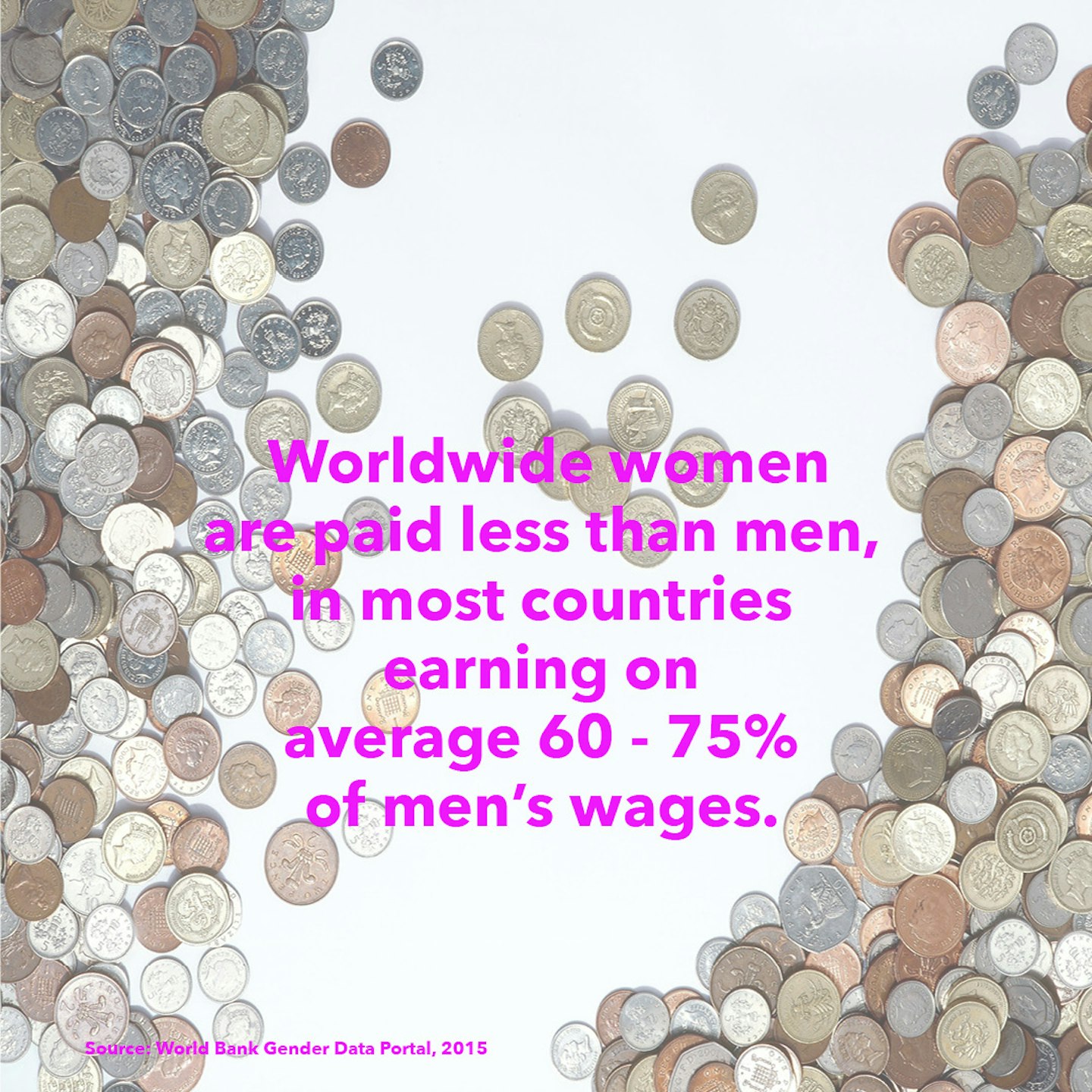 11 of 18
11 of 18Facts about women around the world
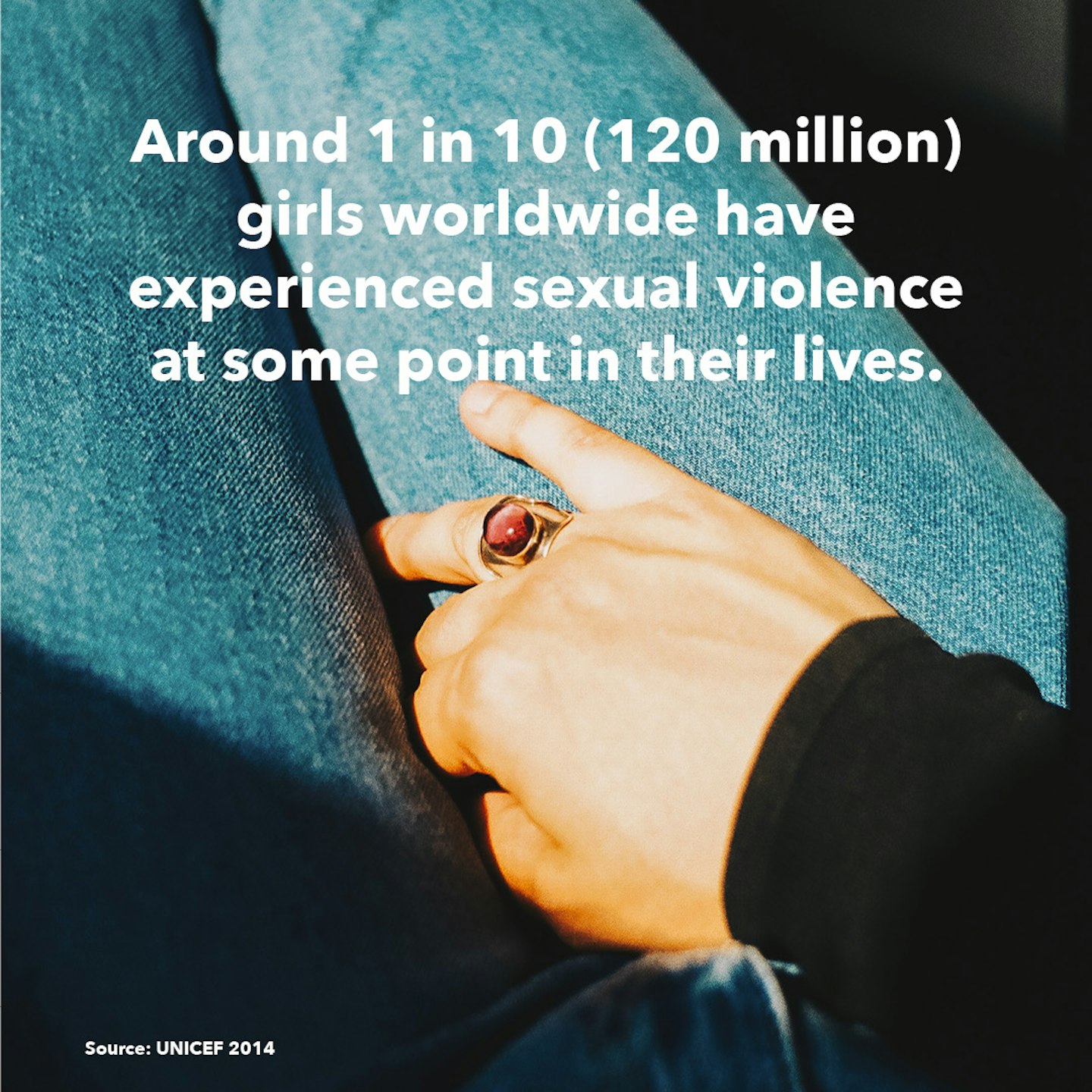 12 of 18
12 of 18Facts about women around the world
 13 of 18
13 of 18Facts about women around the world
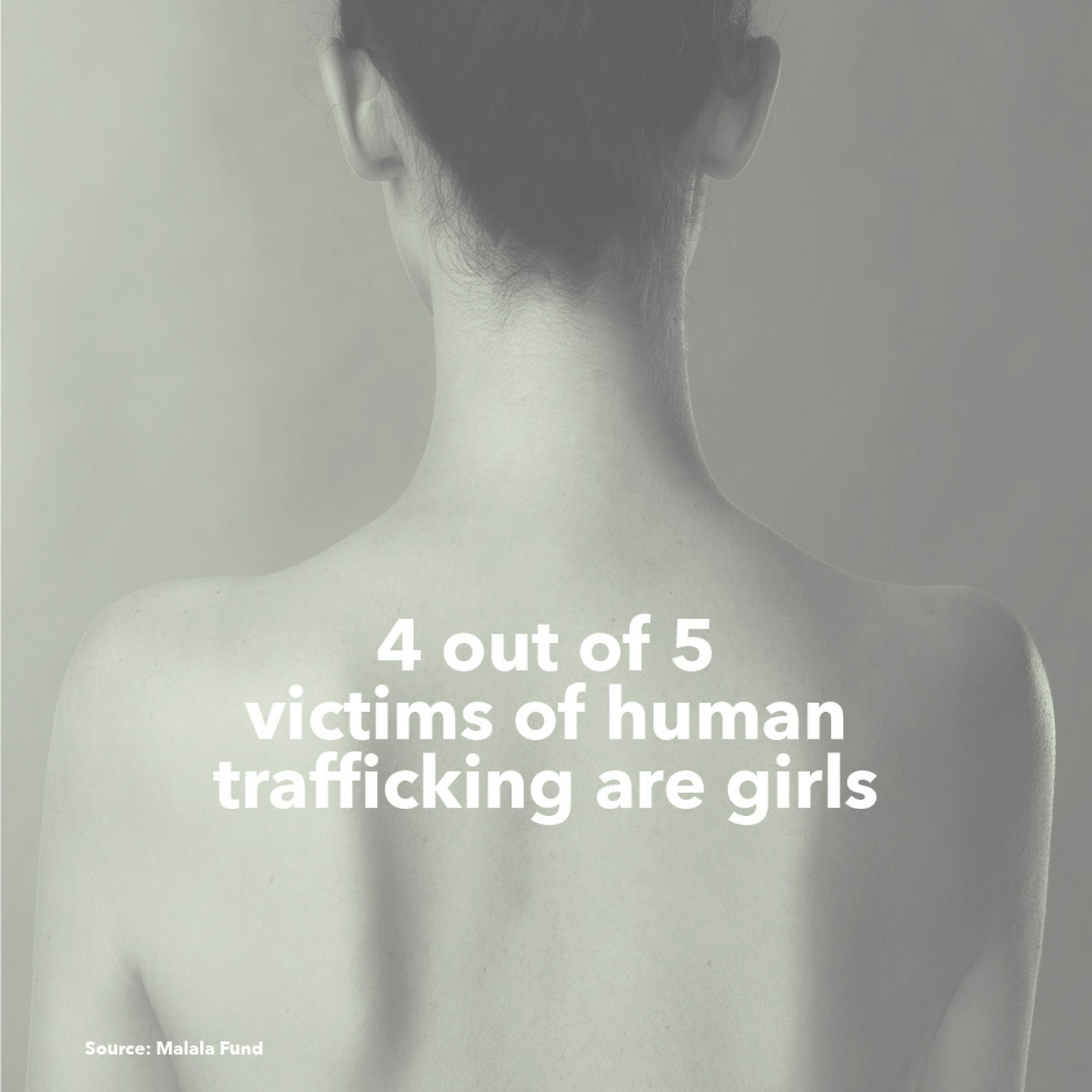 14 of 18
14 of 18Facts about women around the world
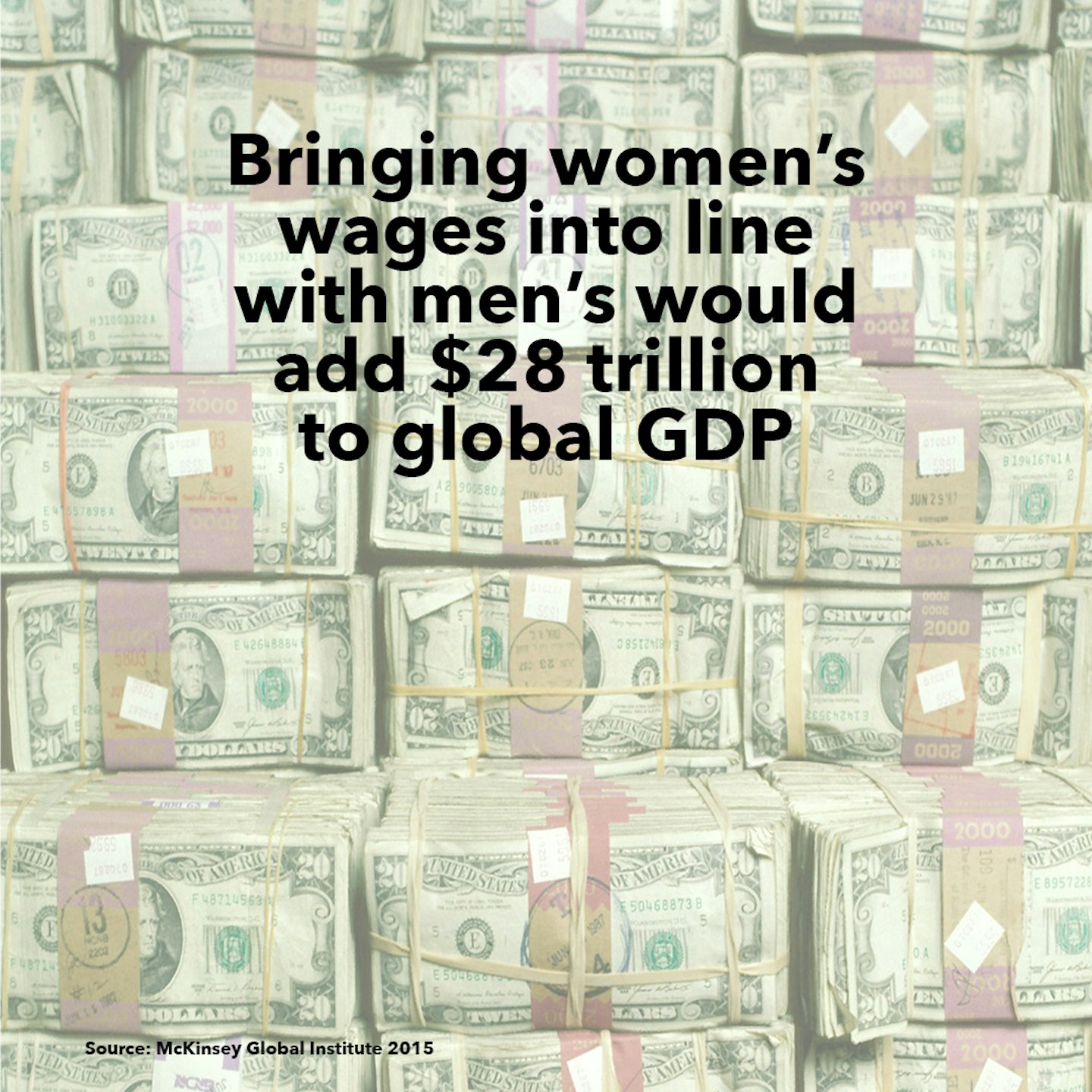 15 of 18
15 of 18Facts about women around the world
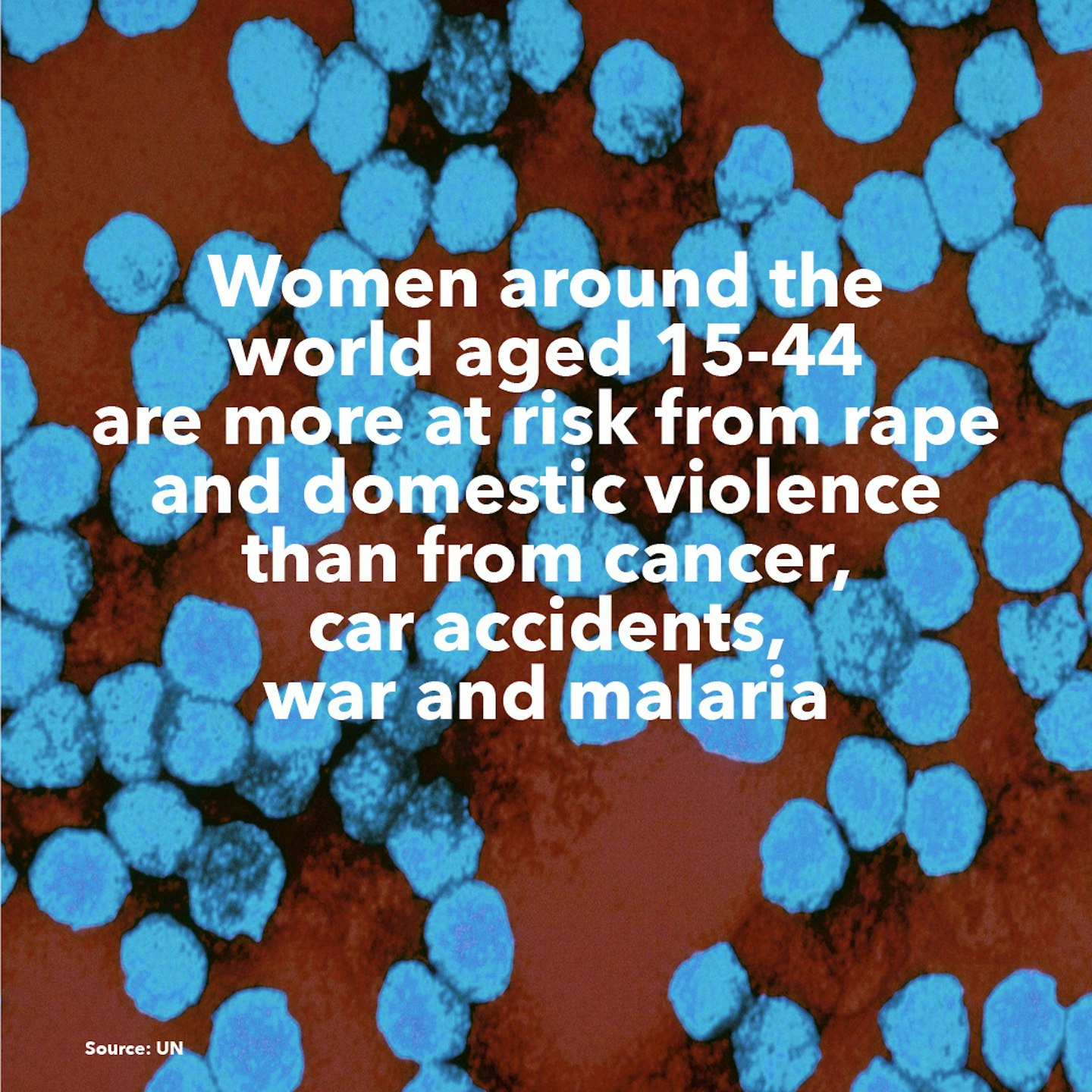 16 of 18
16 of 18Facts about women around the world
 17 of 18
17 of 18Facts about women around the world
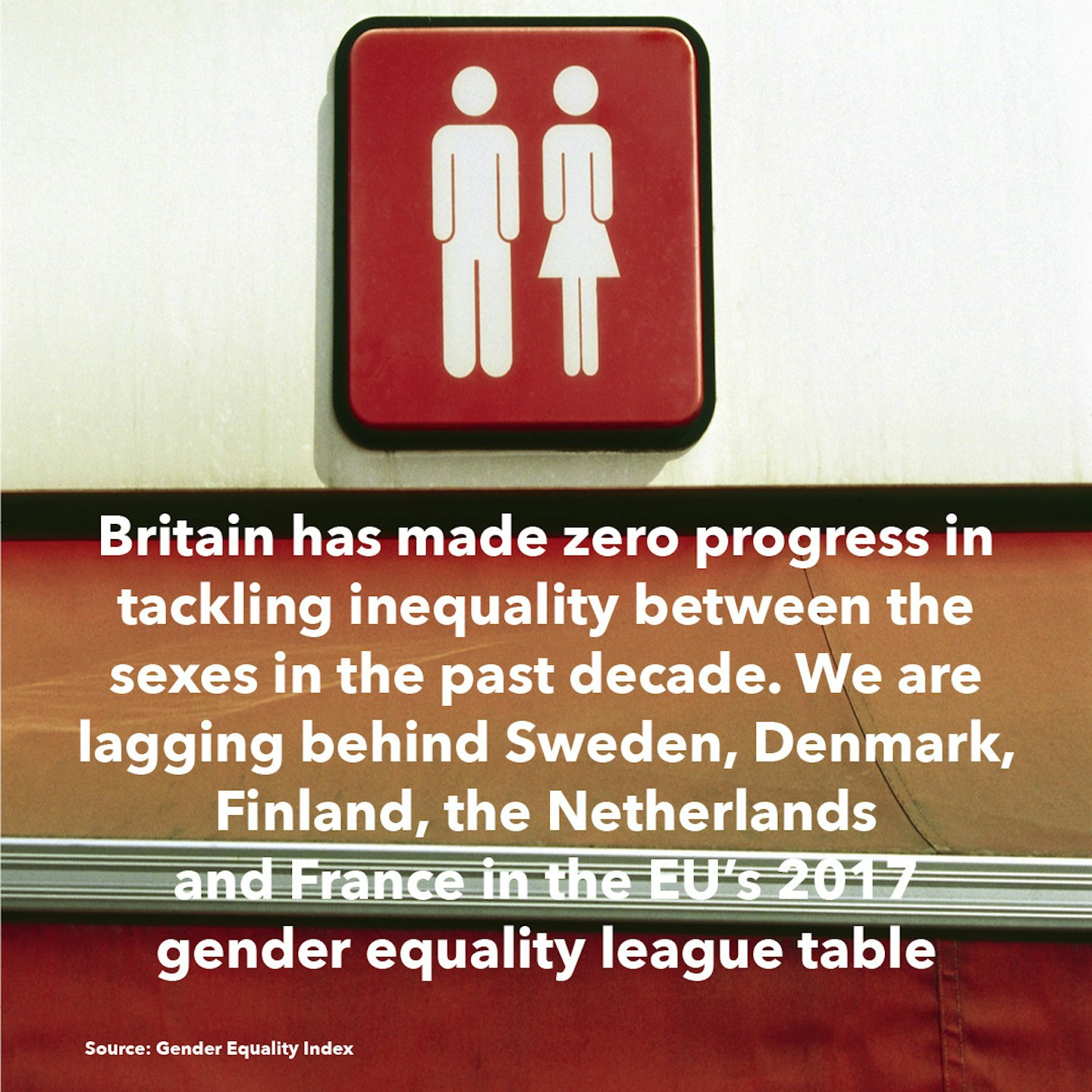 18 of 18
18 of 18